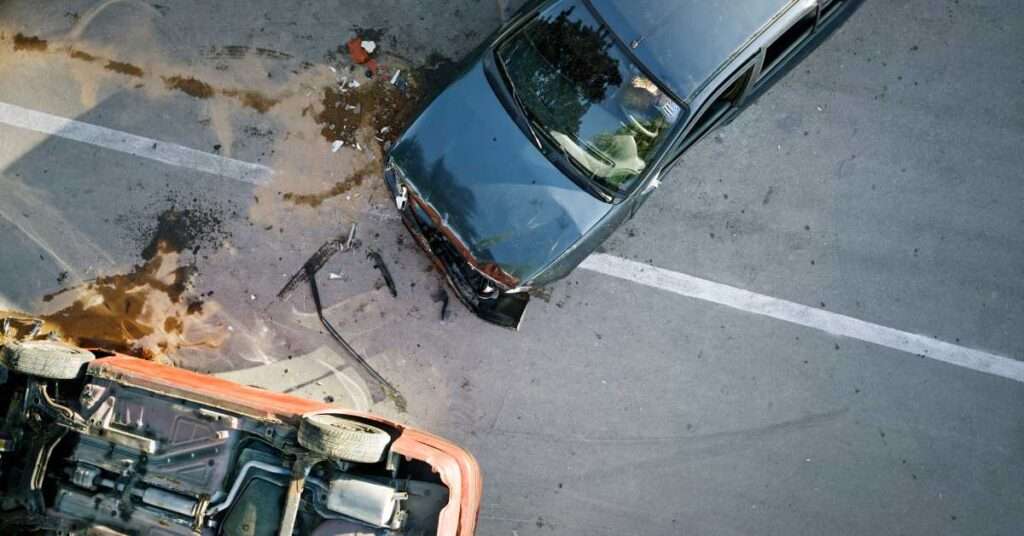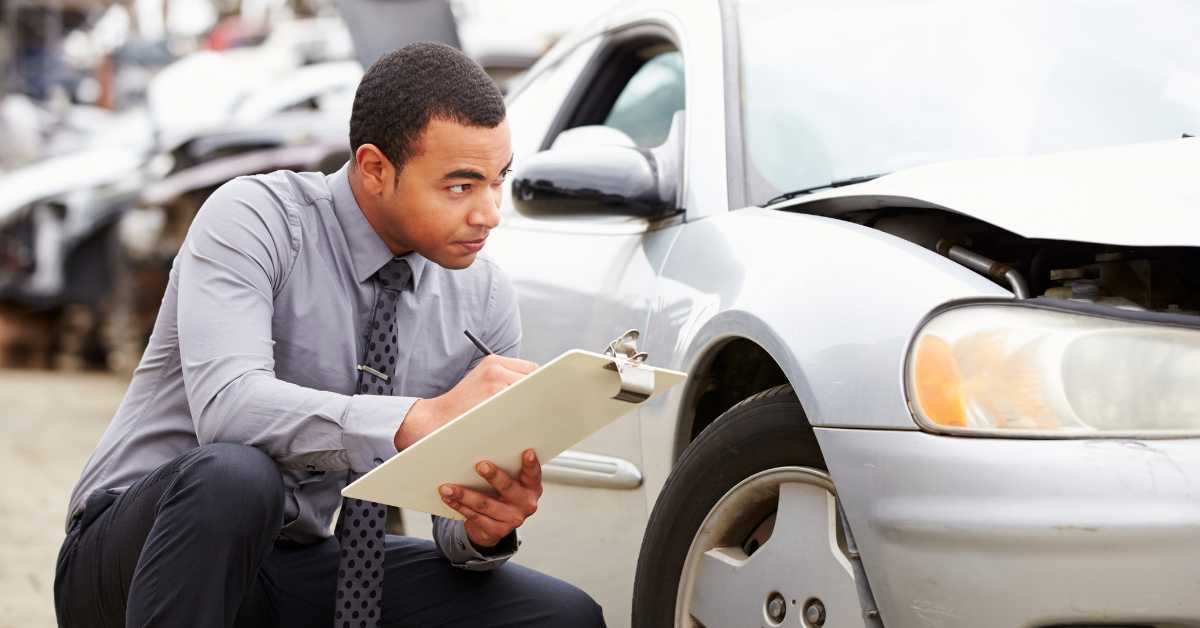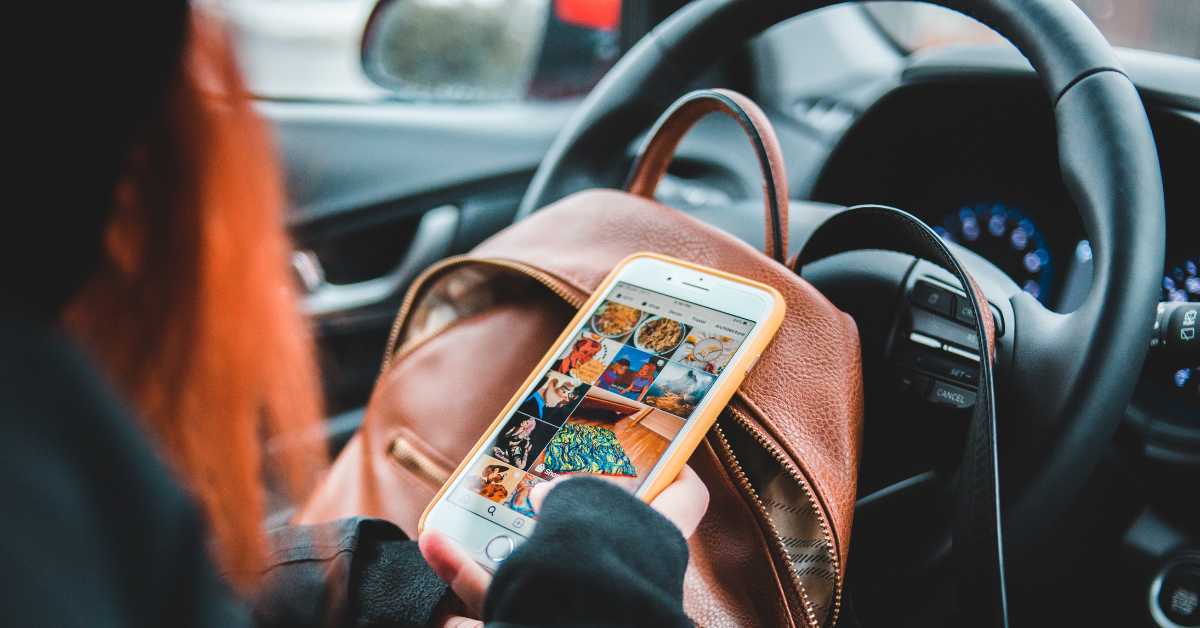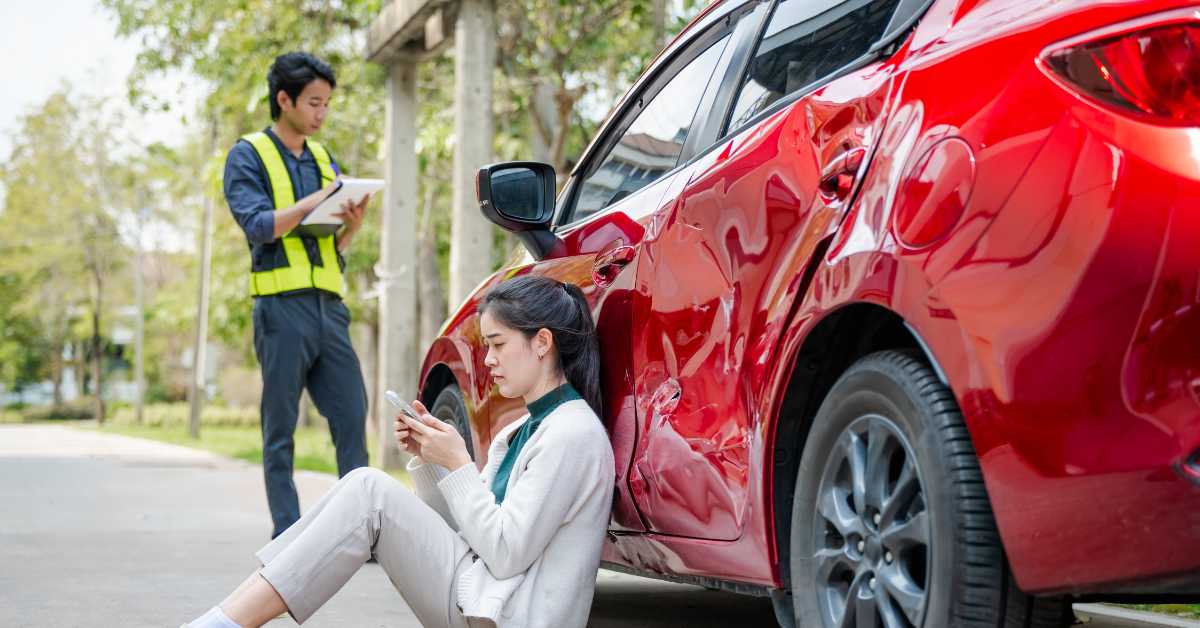
In the moments after a car, truck, or motorcycle accident, one of the last things you might be thinking about is your insurance or personal injury claim. After you ensure everyone’s safety, however, it’s a good idea to take photos at the accident scene.
Photographic evidence can help prove fault and strengthen your case against the other driver. Now that you know you should take photos or videos of the accident scene (if possible), the next thing you’ll need to know is what types of photos to take and how to capture the right evidence. This article outlines what you need to know about car accident photos and videos.
Why Accident Photos Are Important
After an accident, the insurance companies will begin investigating the circumstances of the crash to determine who was at fault. An insurance company will look to any available evidence, including the police report, witness statements, your testimony, and photographs. Fault can only be determined based on the evidence, and the photos you take can help sway the case in your favor, especially if it’s not clear who caused the accident based on the police report.
As the saying goes, “a picture is worth a thousand words,” and photos can reveal details that might not be established in reports or statements, such as:
- Details about the accident scene
- Weather conditions
- Vehicle positions
- Debris
Further, if you have injuries and are seeking compensation for medical expenses, lost wages, and pain and suffering, visual evidence of your injuries can also support your personal injury claim.
Four Types of Accident Photos You Should Take
Having a list of the types of photos that can help your case will help ensure you don’t forget something vital while helping you keep on task. We recommend the following types of photos:
- Property damage: Take photos of the vehicles involved in the crash at different angles. Insurance adjusters can often glean a lot of information from dent placement, scratches, and the position of the vehicles.
Experiment with flash and no-flash photos. Consider taking a video where you describe the scene, too. This can help refresh your memory if you are required to make a statement later.
- Injuries: If you have cuts, bruises, swelling, or damaged jewelry, document this evidence with photos, too. These images can prove that you were injured, especially if the initial injury was acute but healed quickly. The images can also support any claims of physical limitations that affect your job or lifestyle.
- The accident scene: The scene of an accident is teeming with evidence, and you’ll be surprised at how much you see when you take a look. For example, the debris of the vehicles and positioning can be crucial evidence. We also recommend getting photos of road and weather conditions relevant to the accident, skid marks, light signals, and a yield sign (if applicable).
Again, take photos from several angles to help insurance adjusters and accident attorneys get a more accurate view of what happened.
- Documents: Instead of writing down names, phone numbers, and other details, photograph them! Take a picture of the other driver’s license, license plate, and insurance card. It’s easy to transcribe something wrong while you’re reeling from the accident.
Contact an Experienced Oklahoma City Accident Attorney Today There’s a long list of steps to take after an accident, and taking photos is a major component. If you’ve been injured in an accident, please get in touch with the law office of Bryan Garrett, PLLC, to schedule a free consultation.


